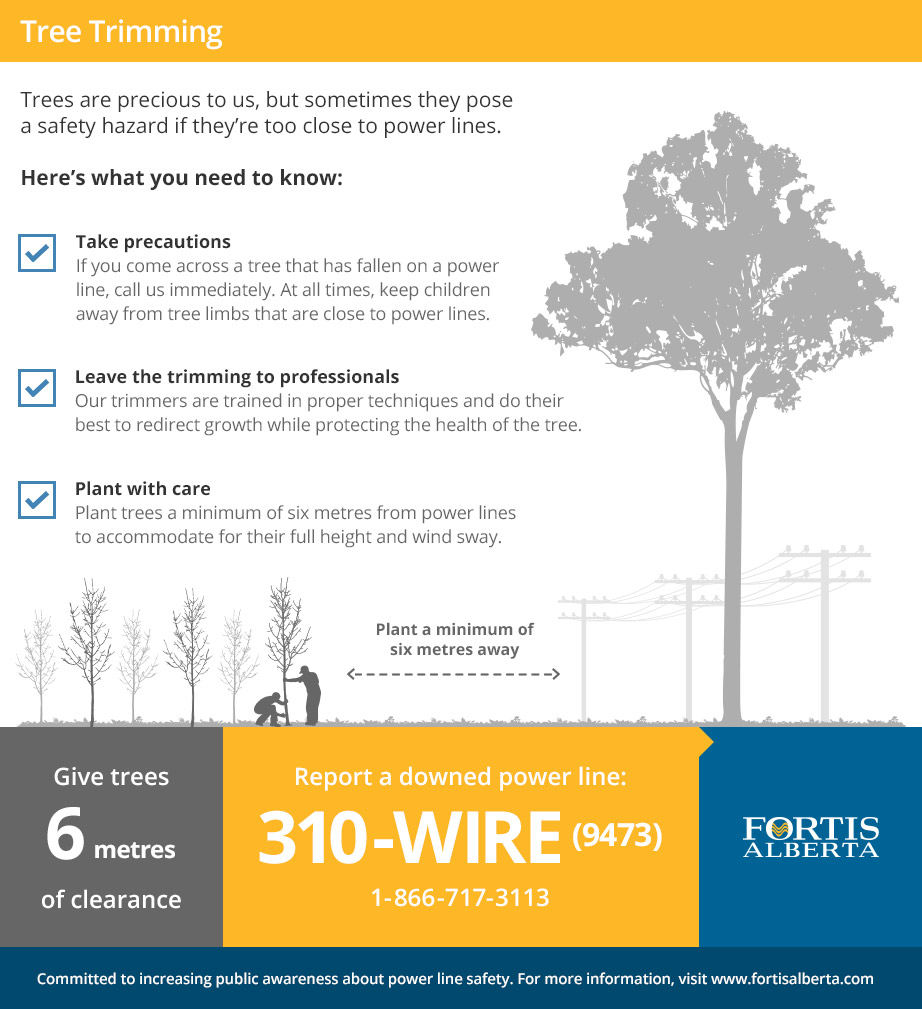Reviewing Tree Health: Guidelines For Deciding On Tree Removal
Reviewing Tree Health: Guidelines For Deciding On Tree Removal
Blog Article
Short Article By-Blom Byers
If you've ever before wondered about the fate of the trees on your residential property, understanding when it's time for removal is critical. However how do you determine if a tree can be saved or if elimination is the only choice? By looking for particular indications and assessing safety risks, you can make educated decisions that profit both your landscape and your environments. Allow's discover the crucial aspects that enter into play when choosing the fate of a tree and just how you can make certain the best outcome for your green buddies.
Signs of Tree Decrease
If you notice any of the adhering to indications of tree decline in your yard, it may be time to take into consideration tree removal.
One usual sign is dead or decaying branches, which can indicate underlying issues affecting the tree's health and wellness. Keep an eye out for stained or wilted leaves that continue despite having proper care, as this could be an indicator of condition or pests.
An additional warning signal is too much leaning or an obvious change in the tree's base, which may recommend origin concerns or architectural instability. Keep an eye out for fungal development on the trunk or origins, as this can suggest rot and endanger the tree's stability.
In addition, if you observe huge cracks in the trunk or significant arm or legs, it's vital to resolve these concerns immediately to stop prospective risks. Resolving these signs of tree decrease quickly can assist keep the safety and looks of your yard environment.
Safety and security Worries
To ensure the health of your building and those around you, focusing on safety and security problems related to trees is paramount. Trees can pose different safety dangers otherwise properly maintained. Dead or decaying branches may fall all of a sudden, threatening individuals or destructive structures.
Leaning trees can additionally be harmful, particularly if they're leaning towards a building or high-voltage line. Furthermore, trees with substantial root systems near foundations or below ground energies can create significant damage over time.
It's important to on a regular basis inspect your trees for any kind of signs of possible threat. Keep an eye out for cracks in the trunk, huge tooth cavities, or indications of illness and degeneration. If you discover any of these problems, it's ideal to speak with a professional arborist to assess the circumstance and identify the necessary course of action.
Taking positive actions to address safety and security issues immediately can avoid crashes and residential property damages in the future. Keep in mind, the safety and security of your building and those around you must constantly be the leading priority when it involves tree upkeep.
Consulting an Arborist
When considering the health and wellness of your trees, consulting an arborist is a vital step. Arborists are trained professionals who specialize in the care and upkeep of trees. They can evaluate the overall wellness of your trees, recognize any concerns such as diseases or structural problems, and supply expert suggestions on the most effective strategy.
By getting in touch with an arborist, you can receive important insights into the problem of your trees and identify whether removal is required. Arborists have the knowledge and experience to evaluate the risks associated with keeping a tree versus removing it. They can additionally provide advice on different services, such as pruning, cabling, or supporting, to assist maintain the tree whenever possible.
Additionally, arborists can help you navigate any type of neighborhood guidelines or permits that may be needed for tree removal. https://www.losaltosonline.com/news/sections/news/297-news-features/61348-resident-protest-prompts-pause-of-tree-removal-project can make sure that the procedure is executed safely and in conformity with any type of applicable legislations.
Final thought
Finally, when figuring out whether trees can be saved or if elimination is required, it is very important to consider signs of decline and safety and security problems. Consulting an arborist for a detailed evaluation is vital in making the best choice for the tree's health and potential hazards. Keep in Read Home Page , positive treatment and timely activity can assist preserve trees and avoid accidents.
